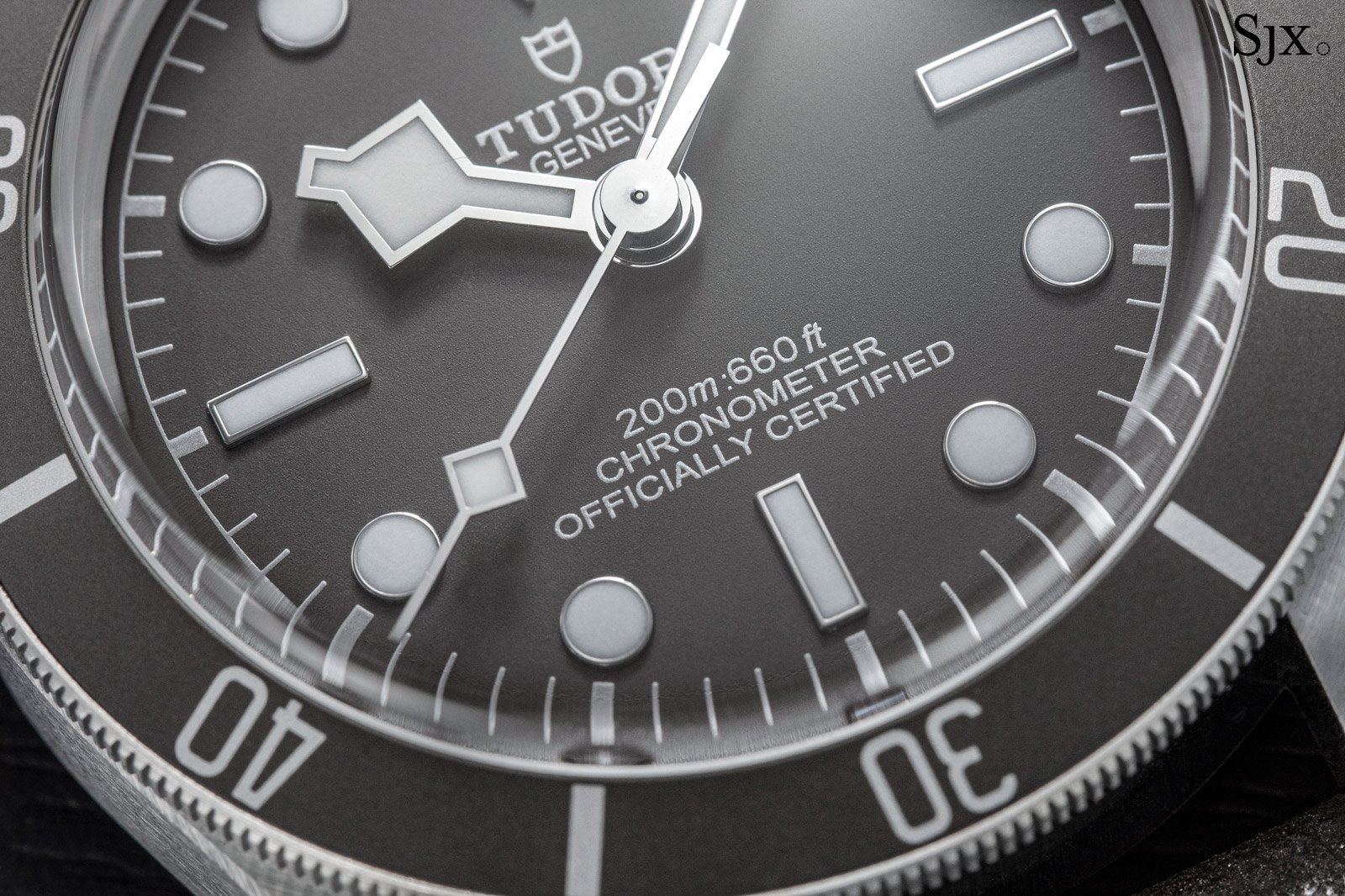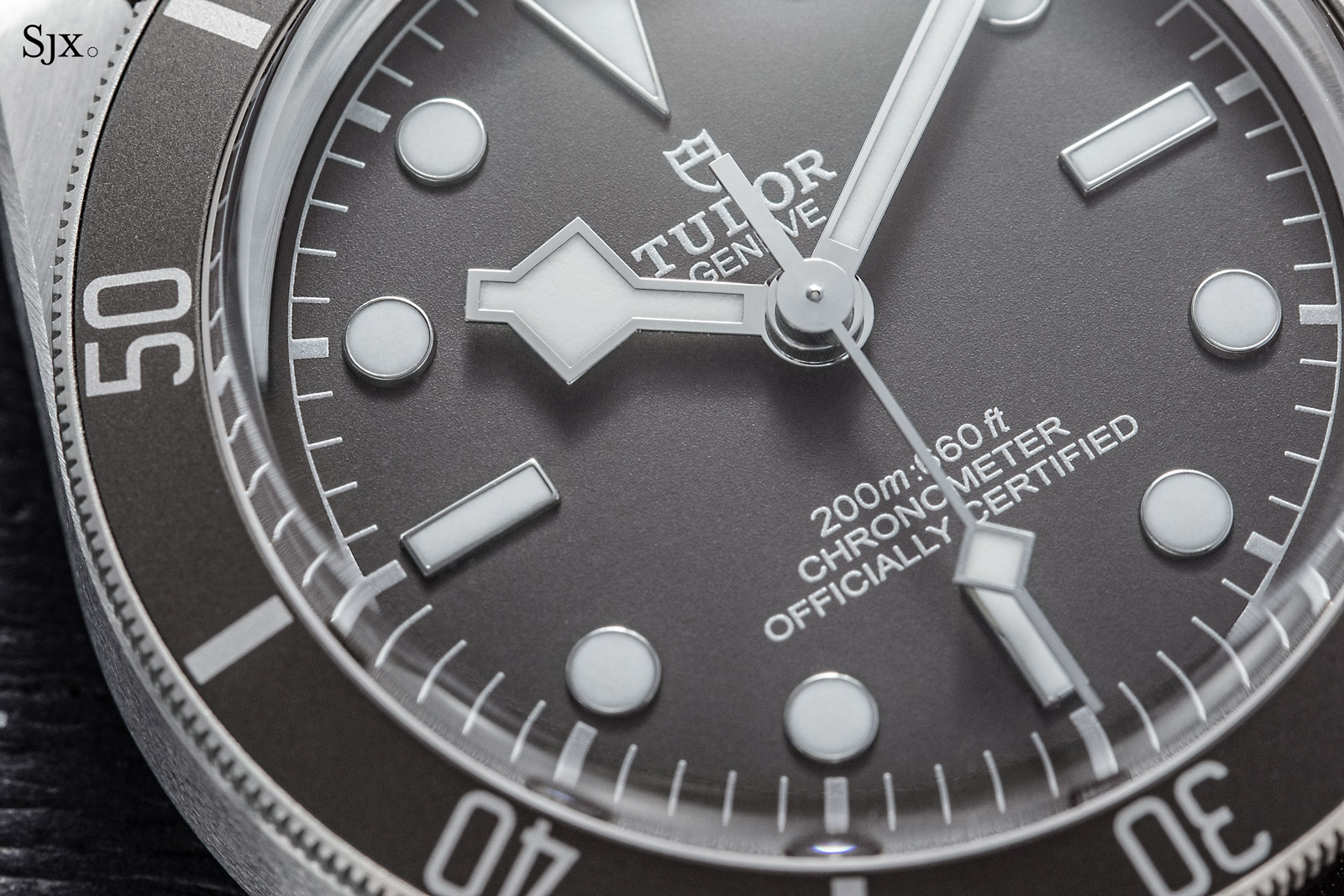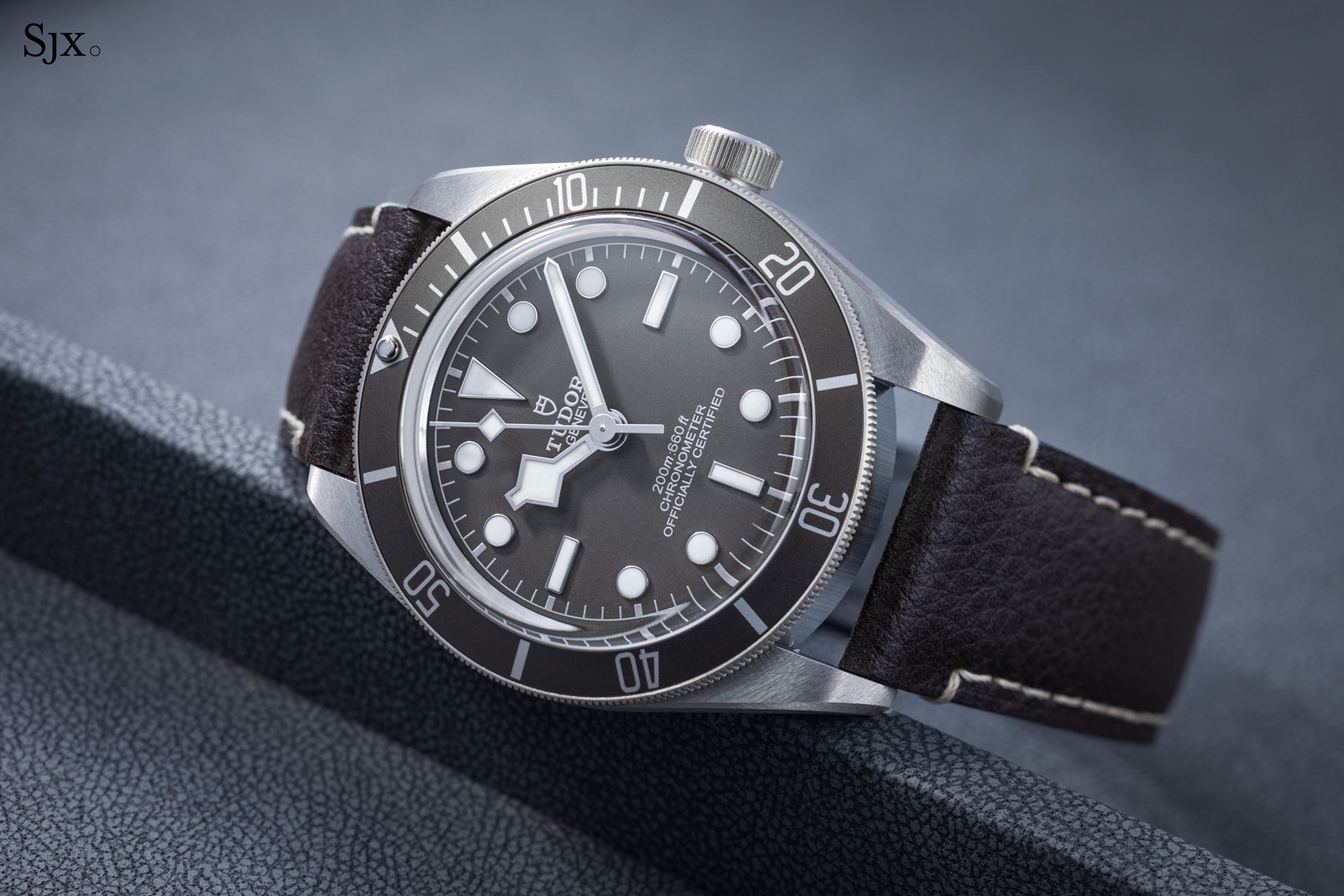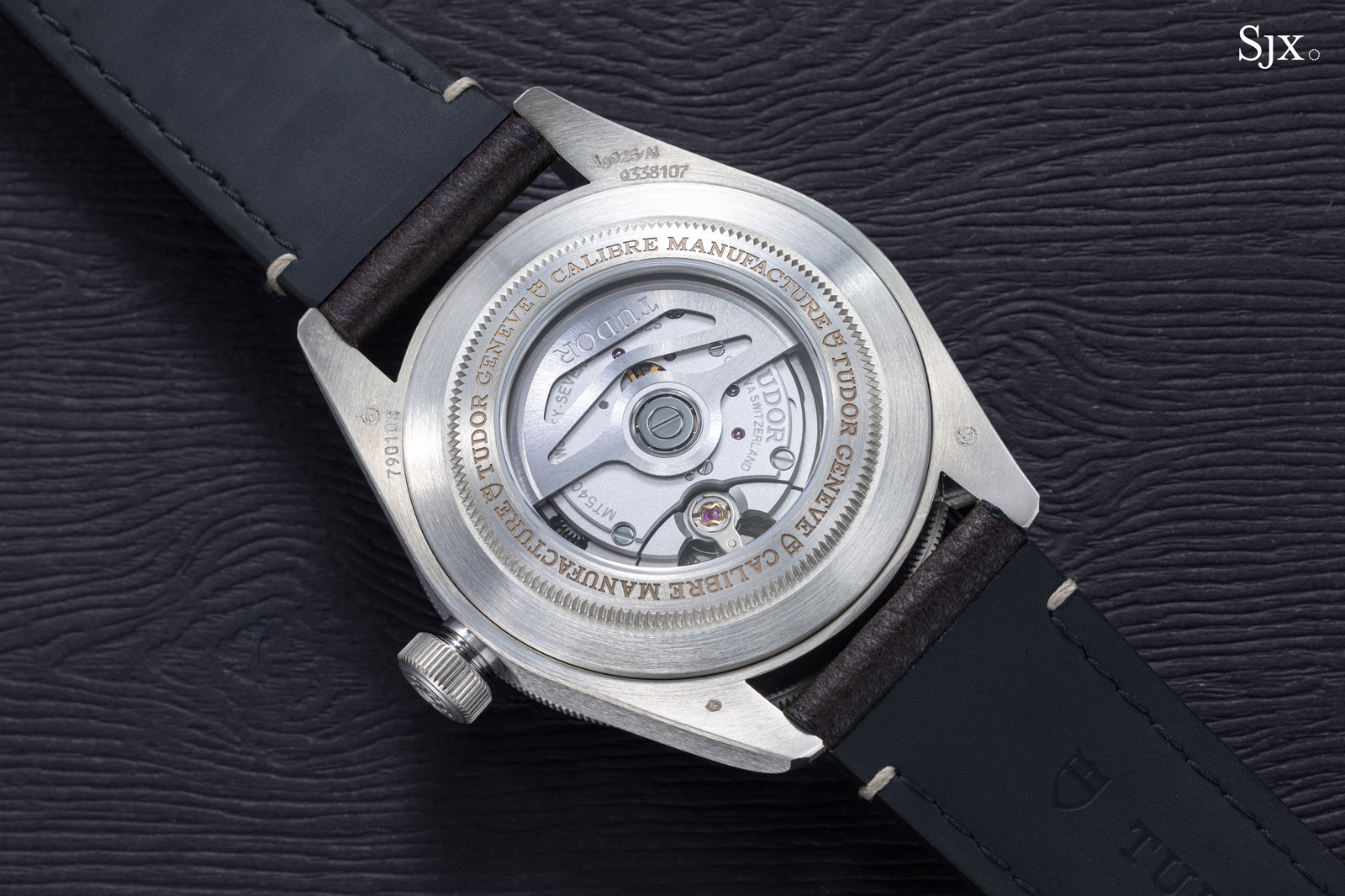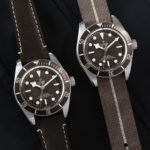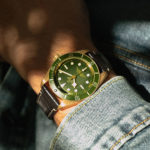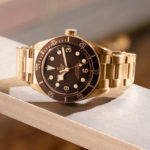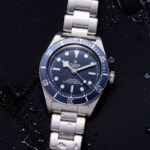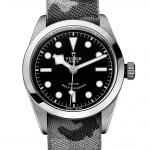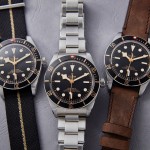Up Close: Tudor Black Bay Fifty-Eight 925
Restrained, modern, and different.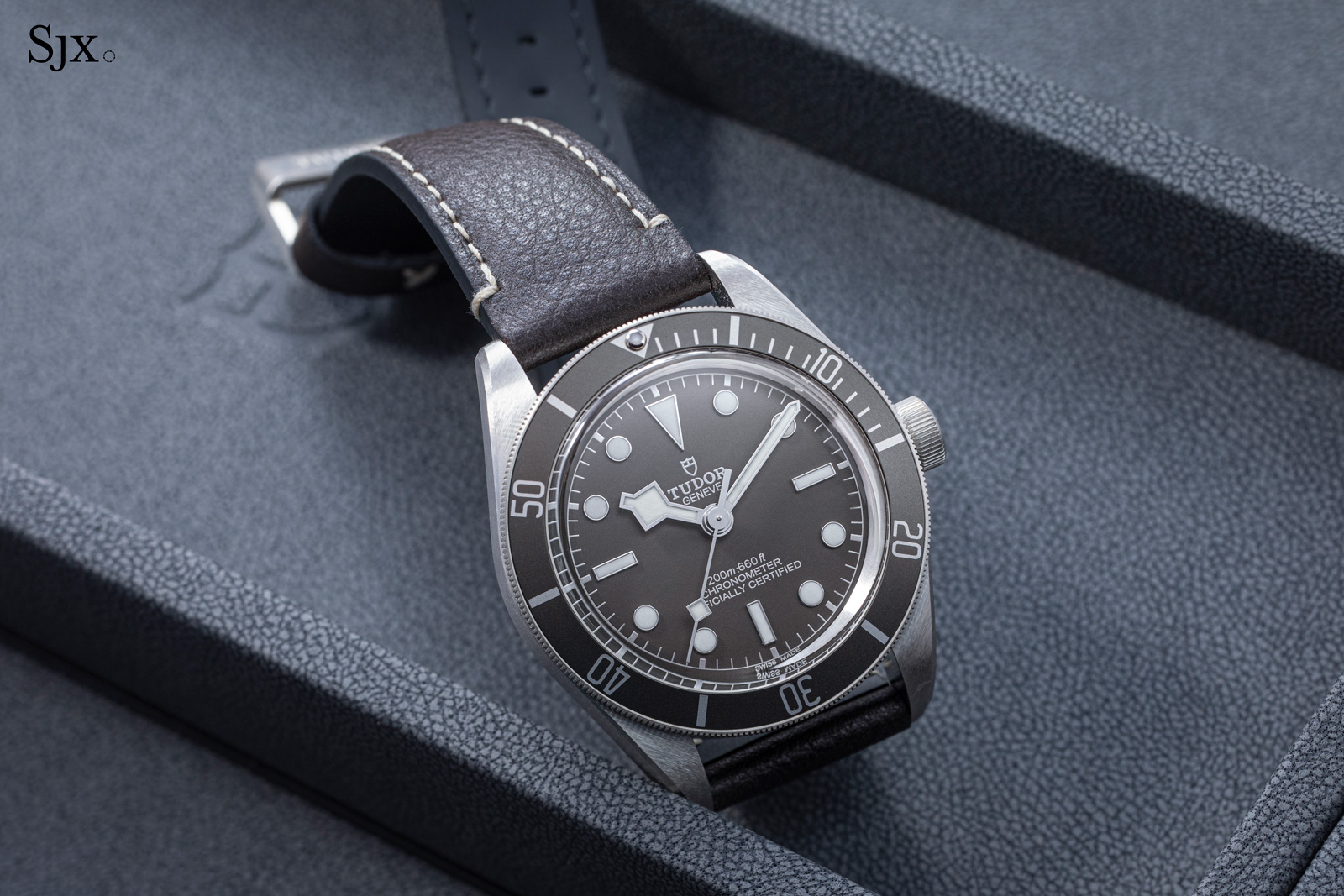
The Tudor Black Bay Fifty-Eight 925 is a dive watch in precious metal, but still affordable – by a large margin compared to the all-yellow gold version – but no less intriguing than its pricier cousin. The standout feature of the”925″ is obvious from the model name: a case made of sterling silver, which is 92.5% silver by weight.
But the taupe colour scheme is perhaps more unusual, especially for a dive watch. Essentially a muted grey with a hint of olive, the palette makes this the most understated Black Bay to date.
I was impressed when this was released at Watches & Wonders earlier this year, but found it seemingly bland when I first saw it in the metal, albeit tightly wrapped in protective plastic. A few months later, Tudor lent me one for a test drive. The brand had insured the watch and assured me that it was fine to wear it out of the house, so I wore it out the day I received it.
Initial thoughts
A bestseller since its inception three years ago, the Black Bay Fifty-Eight (BB58) quickly evolved from a single model into a line-up of five variants, three of which – gold, silver, and bronze – were launched just this year. Five versions in three years might sound like a lot, but each iteration is vastly different in both style and material, so each has its own appeal. Most importantly, each BB58 variant will likely appeal to different buyers.
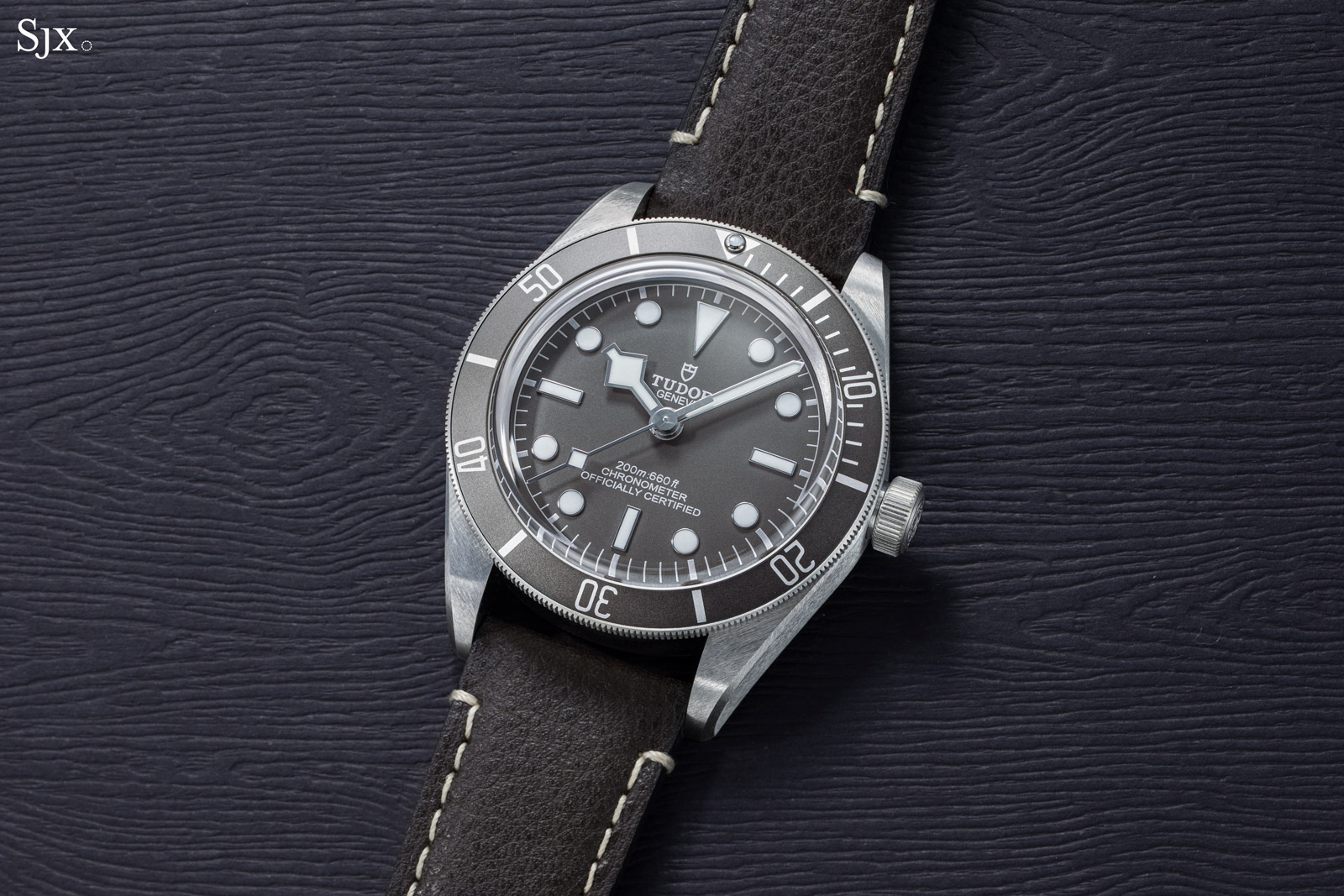
Among the BB58s, the 925 is arguably the most unique. For one, a precious metal case is novel for Tudor, a brand that has focused on reliable and affordable watches since its establishment (Tudor did have a handful of solid-gold models in the past but they were not sports watches). Then there’s the fact that sterling silver is rarely used in watchmaking, which makes it intriguing.
Aside from the material, the muted palette is also novel. With its dial and bezel in olive grey, the 925 is more understated than its counterparts – and looks quite different from most dive watches on the market. And the colour also gives it a contemporary feel, making it distinct from other BB58s that are clearly vintage inspired.
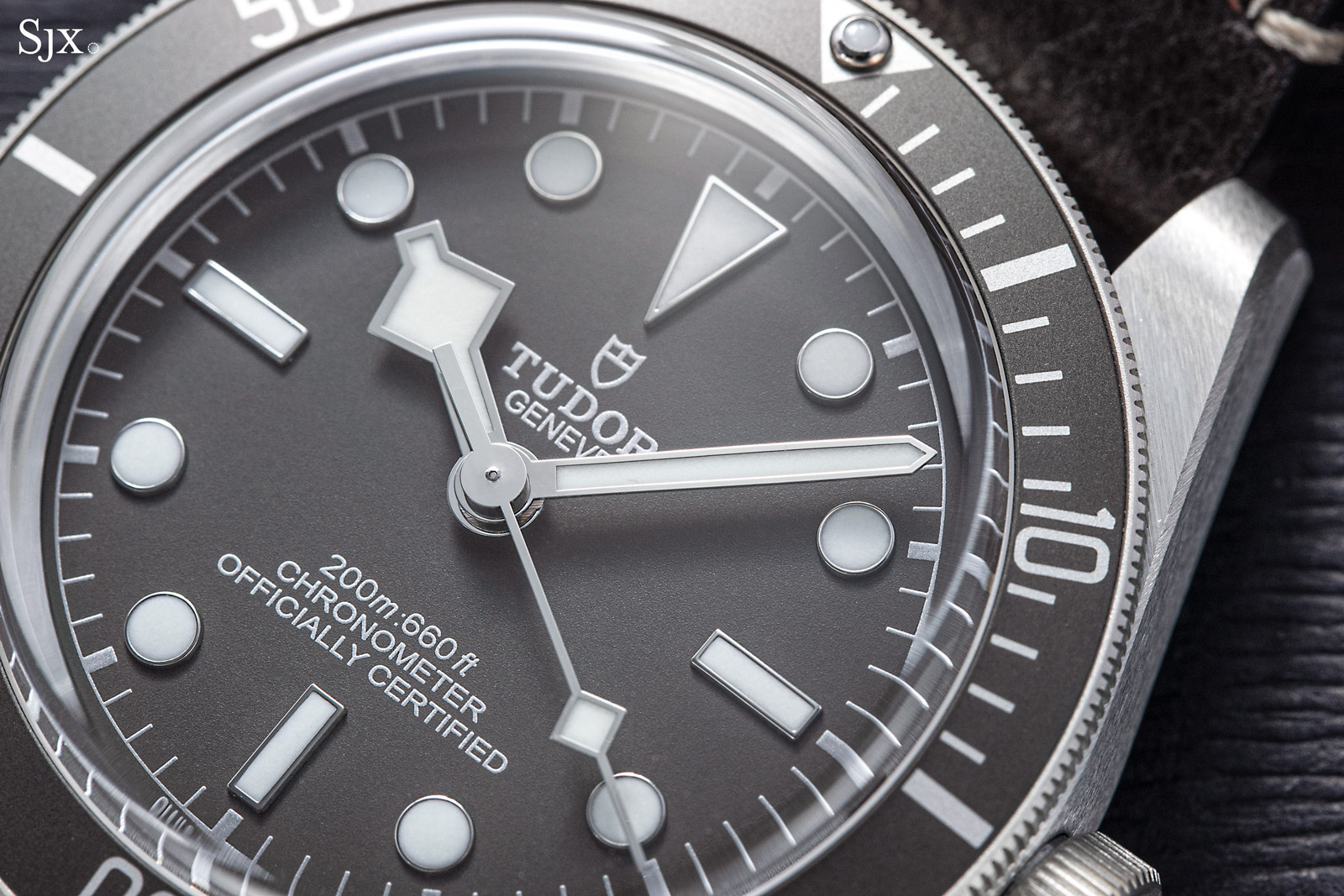
During the week that I wore the watch, I found the dial colour more more vivid than it appeared in store or photos. The taupe has a touch of warmth in it, which goes well with the silver case that has a faint hint of yellow in its colour. As a result, the watch is as low-key and classy as a rugged dive watch can be.
Granted, I did not wear the watch for long enough for the case to oxidise (and it will). Once the case gets a bit of patina, its silvery tone will grow less obvious, which will make the dial colour stand out even more I suspect.
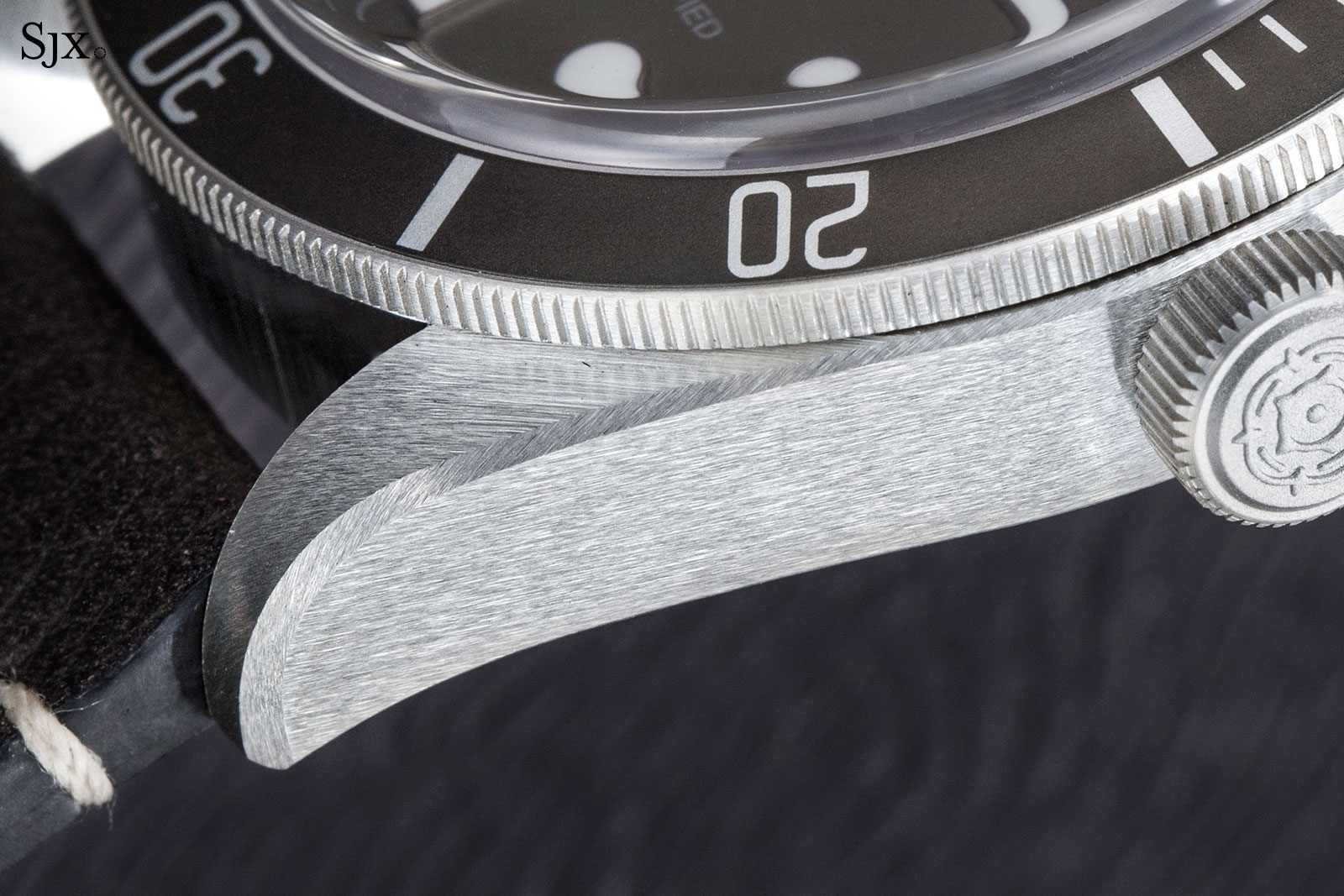
The case is a bright, silvery tone when new
And of course, there is the fine build quality. Watch brands all have their respective strengths, and these strengths are varied, from movement finishing to guilloche to ultra-thin calibres. Some brands are so good that they become best in class within a segment.
Tudor’s edge lies in the fact that it’s perhaps the best performer overall in its price category. Its watches have a consistency in quality across all elements, from dial to case and to movement, a feat which is arguably unmatched. And that quality is also consistent across all of Tudor’s watches, regardless of the price. That is evident across all elements of the 925.
Offered either on a fabric or leather strap, the 925 costs over a quarter more than the steel version on strap. The disparity in price is enough that it’s noticeable, even thought the watch is still affordable in absolute terms.
Still, the price is easily justified given the uniqueness of the watch in terms of aesthetics and material, as well as its quality. The 925 will certainly appeal to anyone who likes a 39 mm dive watch with a vintage-flavour but finds earlier versions of the BB58s too stark or too retro.
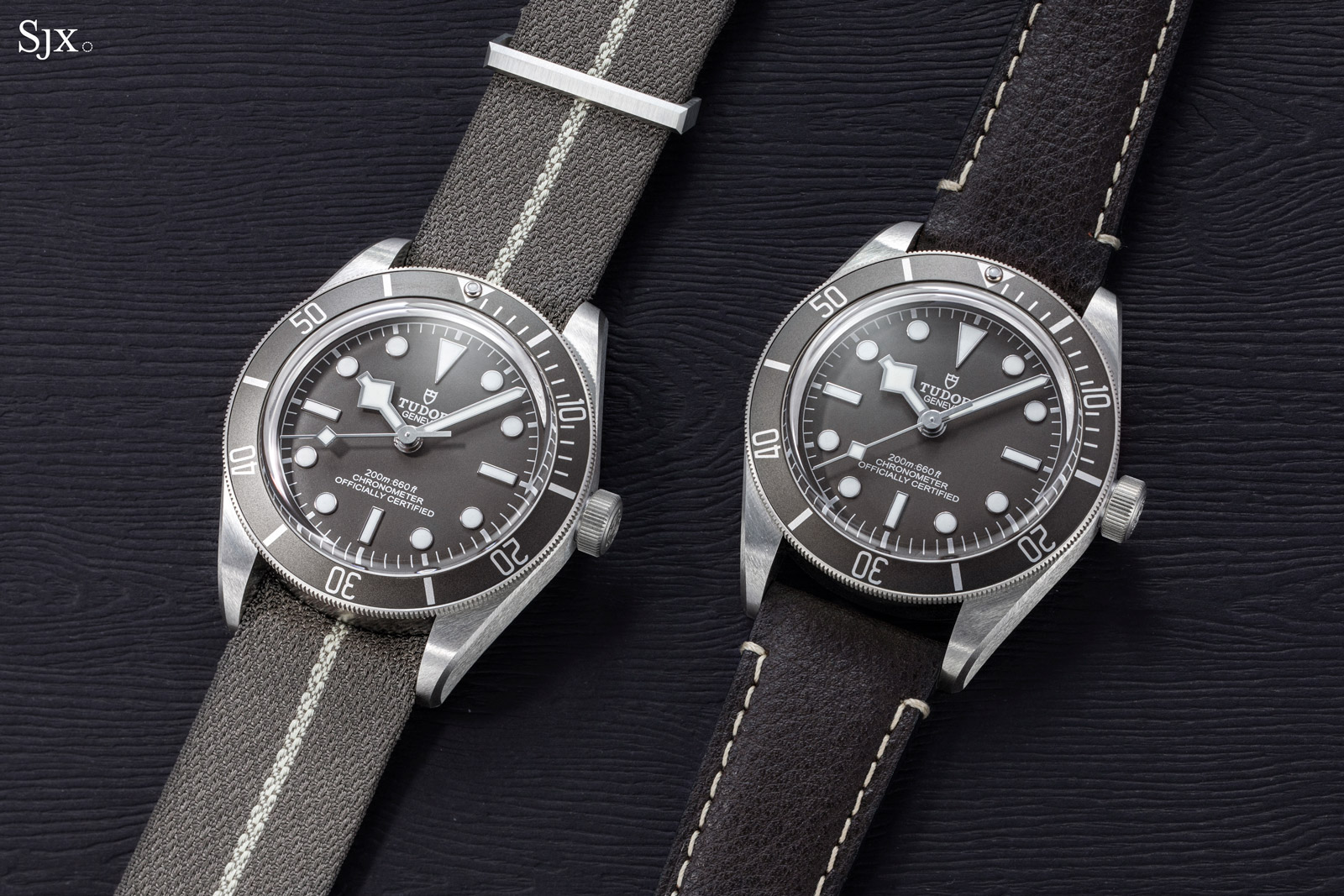
Taupe
While the silver case is the most surprising element of the 925 on paper, it’s the dial that stands out in person. Perhaps the colour is a nod to the faded, “ghost” bezels of vintage dive watches.
Though the shade is common in fashion, taupe is rarely used in watches, particularly for the dial. The colour stands on its own as modern and minimalist, but for those in the know it serves as a subtle reminder of vintage dive watches with “ghost” bezels.
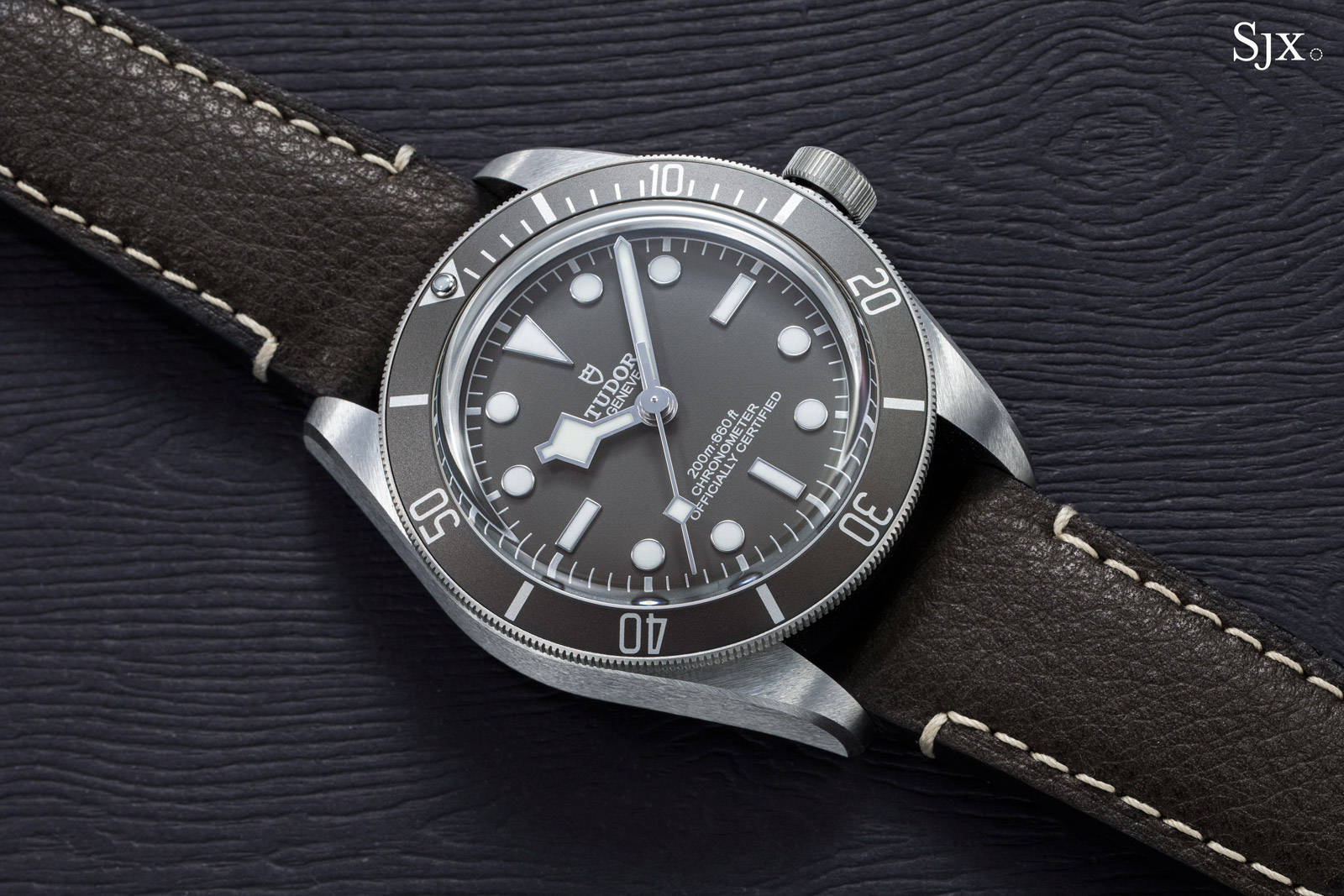
The taupe bezel and dial give the watch a desaturated look that makes it strikingly different from other Tudor dive watches, which mostly have rich, high-contrast colours. Thankfully the palette doesn’t come across as faux-patina, which might have been the case if it was a graduated grey.
At the same time, the hands and hour markers are restrained and match the silver print on the dial. The coherent colours – plus the silvery tone of the case – creates something of a dress-watch feel, making the 925 less incongruent with formal attire than the average dive watch.
The dial is more than just a pleasing colour. As is executed for Tudor, it does not disappoint under magnification. The hour markers are three-dimensional – stamped, polished, filled with lume, and secured to the dial with pins. And the hands are finished in a similar manner, but their wider, flat surfaces show the finishing better.
Still, the dial details aren’t as elaborate as you might find on a Grand Seiko – they lack the sharp definition of diamond cut markers – but are tidy, clean, and very good for the price. And that solid, workmanship quality is a consistent theme throughout the watch.
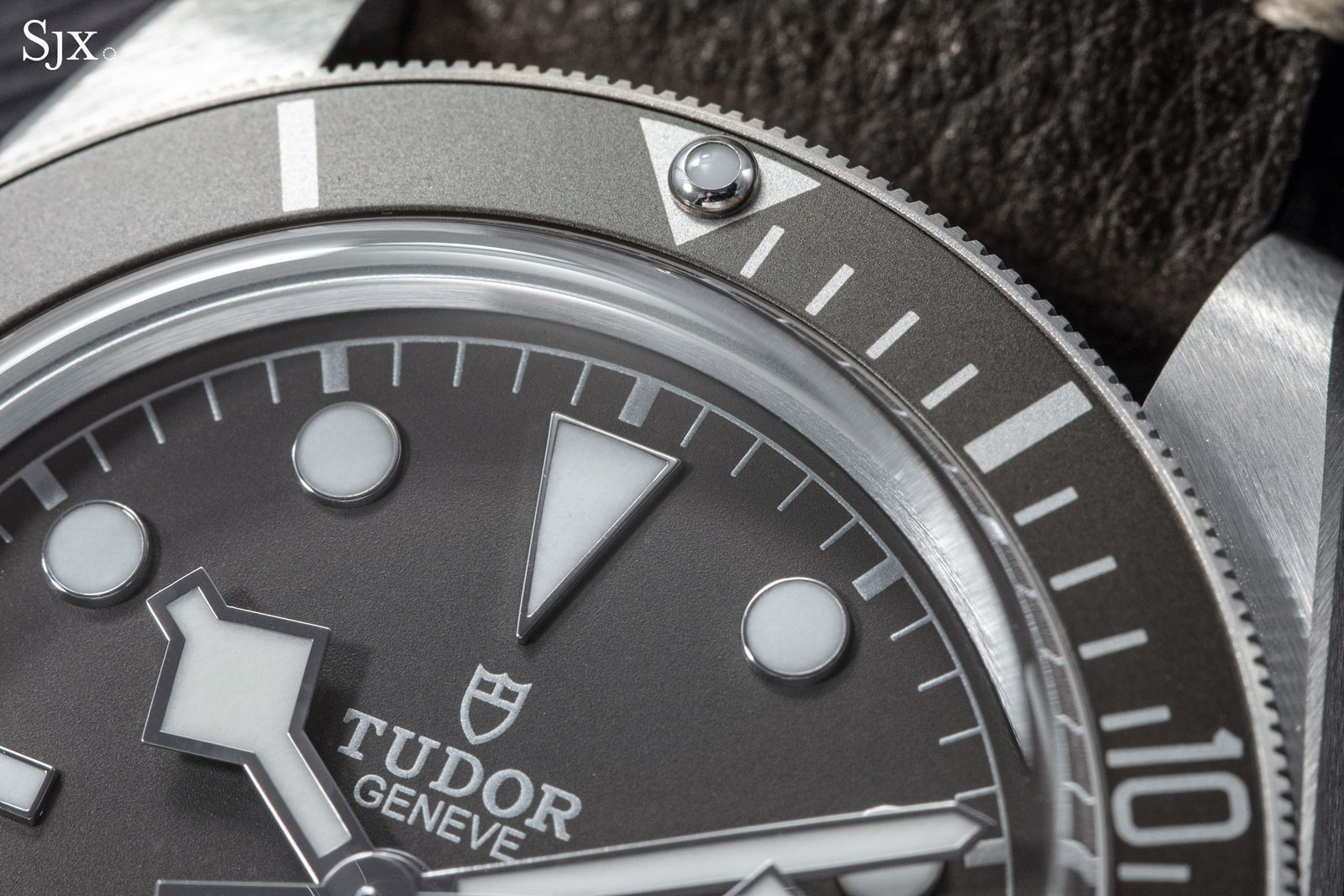
Even the “pip” on the bezel is neatly shaped and polished
Silver
The consistency of build quality continues into the case. It is constructed and finished in a neat, workmanlike manner, although nothing about it is especially striking.
Unlike the steel versions that have polished bevels and flanks, the silver case is entirely brushed. But despite the all-matte finish, it manages to be interesting, thanks to the varied directions of the linear graining. The flanks are simply brushed longitudinally, but the lugs are more interestingly executed. They reveal radial lines emanating outward on both the top surfaces and the wide bevels.
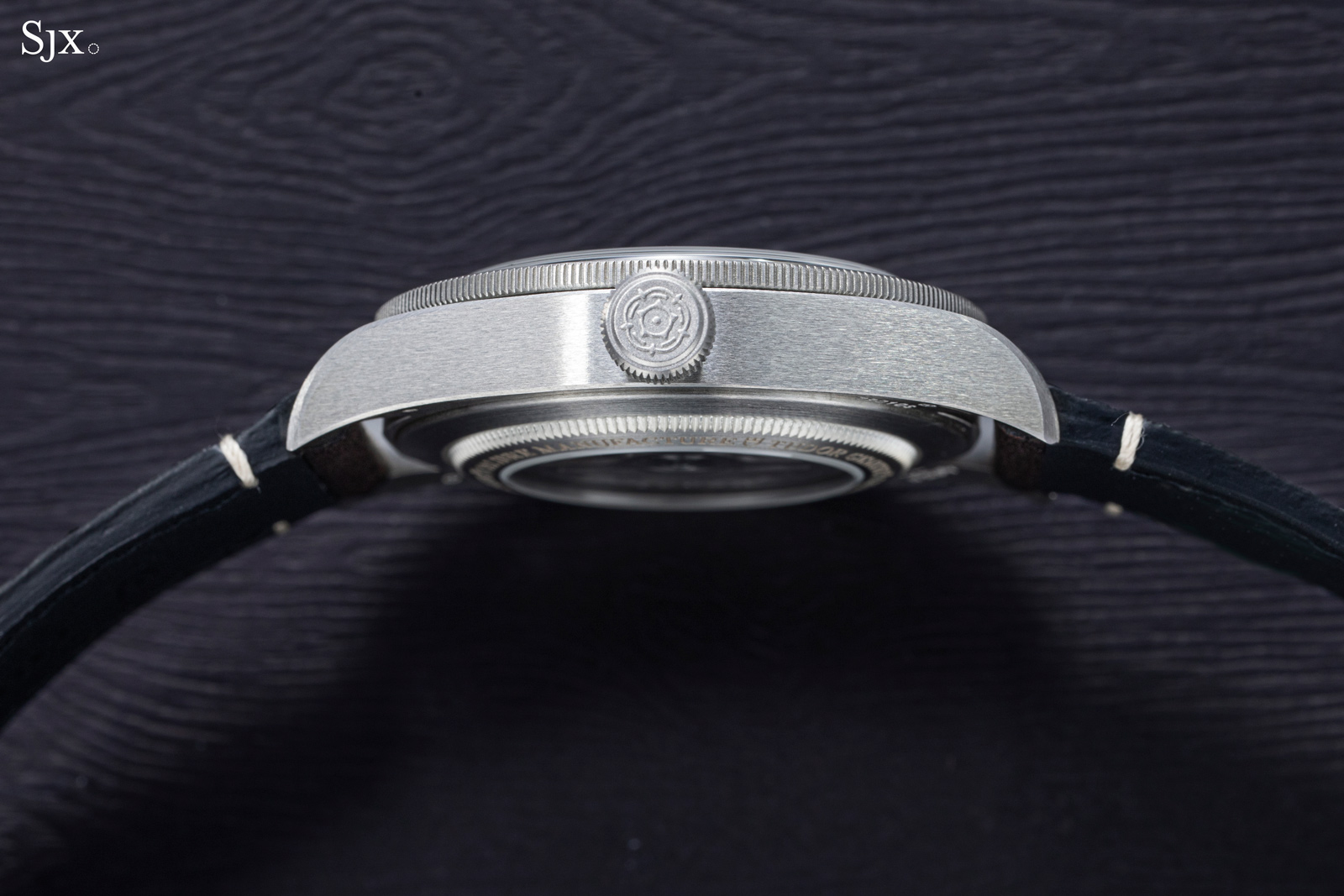
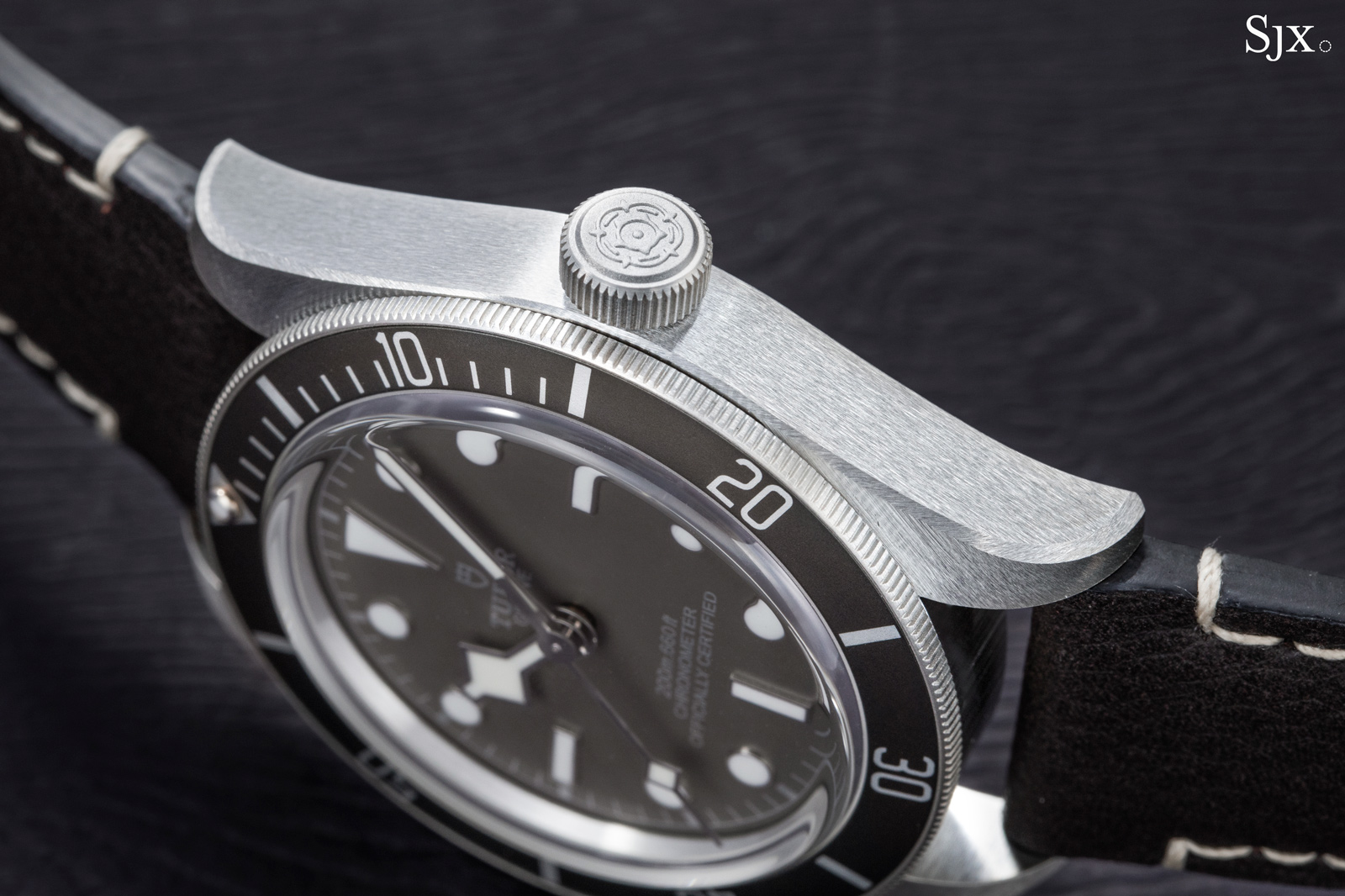
The change in curvature of the graining is a result of technology, namely a multi-axis computer numerical control (CNC) machine. This type of CNC mill is equipped with drill bits that can move in three directions, while the workpiece can move in another one or two directions.
To create the lugs, the head of the tool moves in one direction, while the workpiece holding the case rotates, resulting in a radial brushing on the lugs and bevels. While it adds nuance to the form of the case – and hence gives it a more refined look – the brushed and bevelled lugs can be economically replicated in vast quantities thanks to as mass production technology like the CNC machine – making better quality accessible at a lower price.
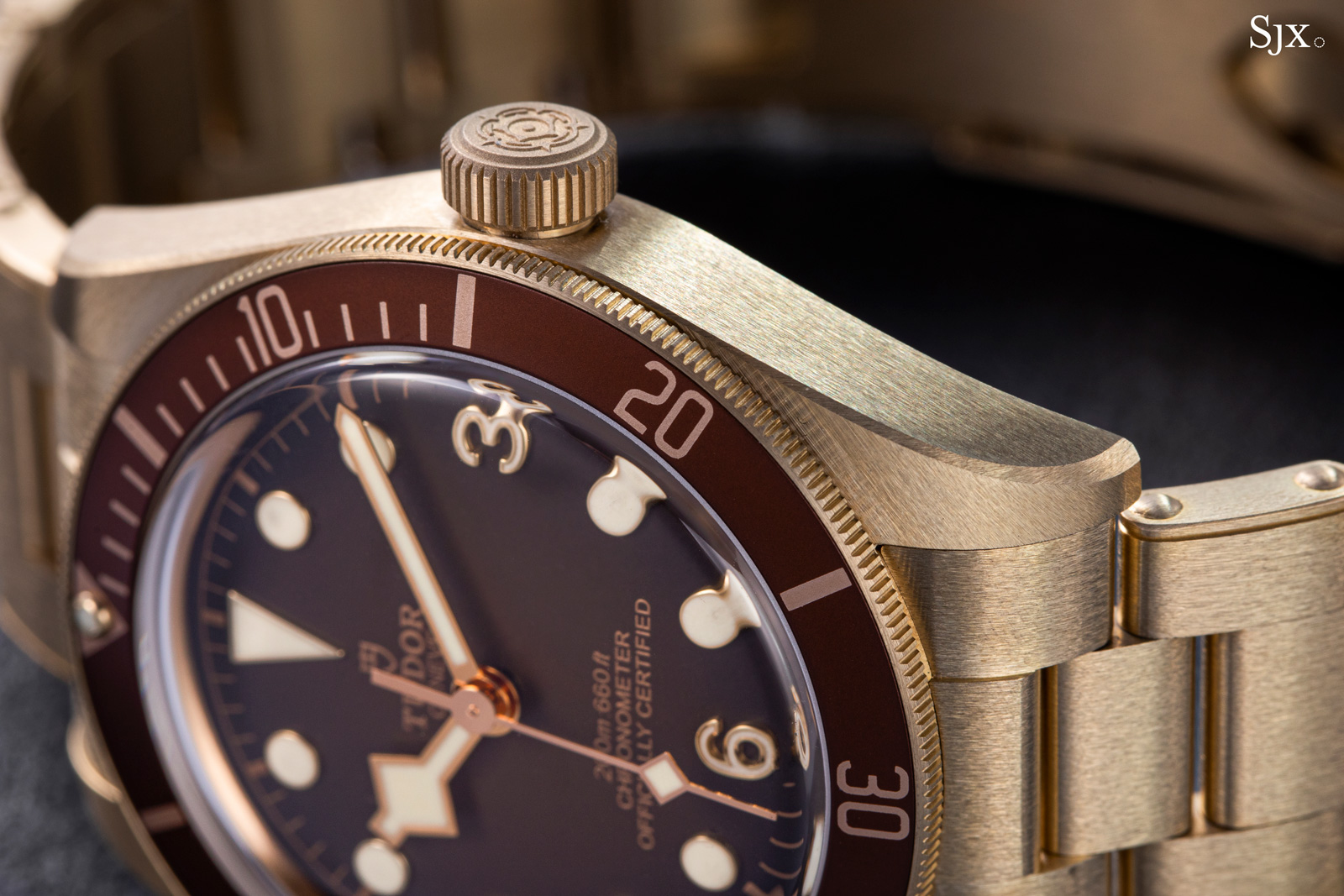
The same lugs and finishing can be found on the Black Bay Fifty-Eight Bronze
As for the case metal, it is appealing for its colour and uncommon nature. The metal’s novelty alone makes it attractive, especially since dive watches all tend to stick a similar formula in terms of design and materials.
That said, silver doesn’t have an intrinsic value. While silver is a precious metal, it is not expensive – gold costs over 80 times as much as silver on the commodity market. With a hardness comparable to gold, silver should also be straightforward to process and machine.
Alloy science
The final point relating to the case is its appearance over time. Tudor states in the official material for the watch that “use does not affect the appearance of the case of the Black Bay Fifty-Eight 925”.
That presumably means the case is tarnish resistant but not tarnish proof – which makes sense according to knowns science. Tarnish-resistant silver alloys have been around for over a century, but experts agree while the metal can be made less prone to tarnishing, it cannot be made impervious.
Even though the loan watch was newish, I did notice some oxidisation of the silver, specifically on the underside of the buckle. I assume that will also occur on the case after extended wear, and that the tarnishing will differ from watch to watch depending on the wearer’s lifestyle.
Such ageing is typically desirable in watches that have cases made of metals that oxidise – bronze being the most obvious example – but the aged look is clearly not for everyone. The sunken-treasure look of bronze, for instance, is an acquired taste for many.
But silver might be harder to digest than bronze. Patinated silver is arguably less congruent than oxidised bronze, since the former feels like a more refined, formal metal but the later is synonymous with maritime instruments and sailing.
Personally, I can’t say whether I like the patina since I didn’t have the watch long enough for one to develop. It might look beautiful, like old silverware, or it might look odd.
In-house movement
Dubbed MT5400, the movement visible under the sapphire back of the 925 is almost identical to the MT5402 found in the steel BB58, save for a wider base plate to fill aperture of the see-through back (and maybe to allow for thinner case walls to reduce the weight of the precious metal cases).
The open case back sparkled much discussion during the launch of the 925 and its compatriots, for it is rare that Tudor exhibits the movement.
While this is not the first Tudor with a display back – that title belongs to the little-appreciated North Flag – the brand has progressed considerably since the launch of the North Flag in 2015 (which incidentally was the first Tudor with an in-house movement). So it feels like the 925 and 18k are the first Tudor watches with a display back.
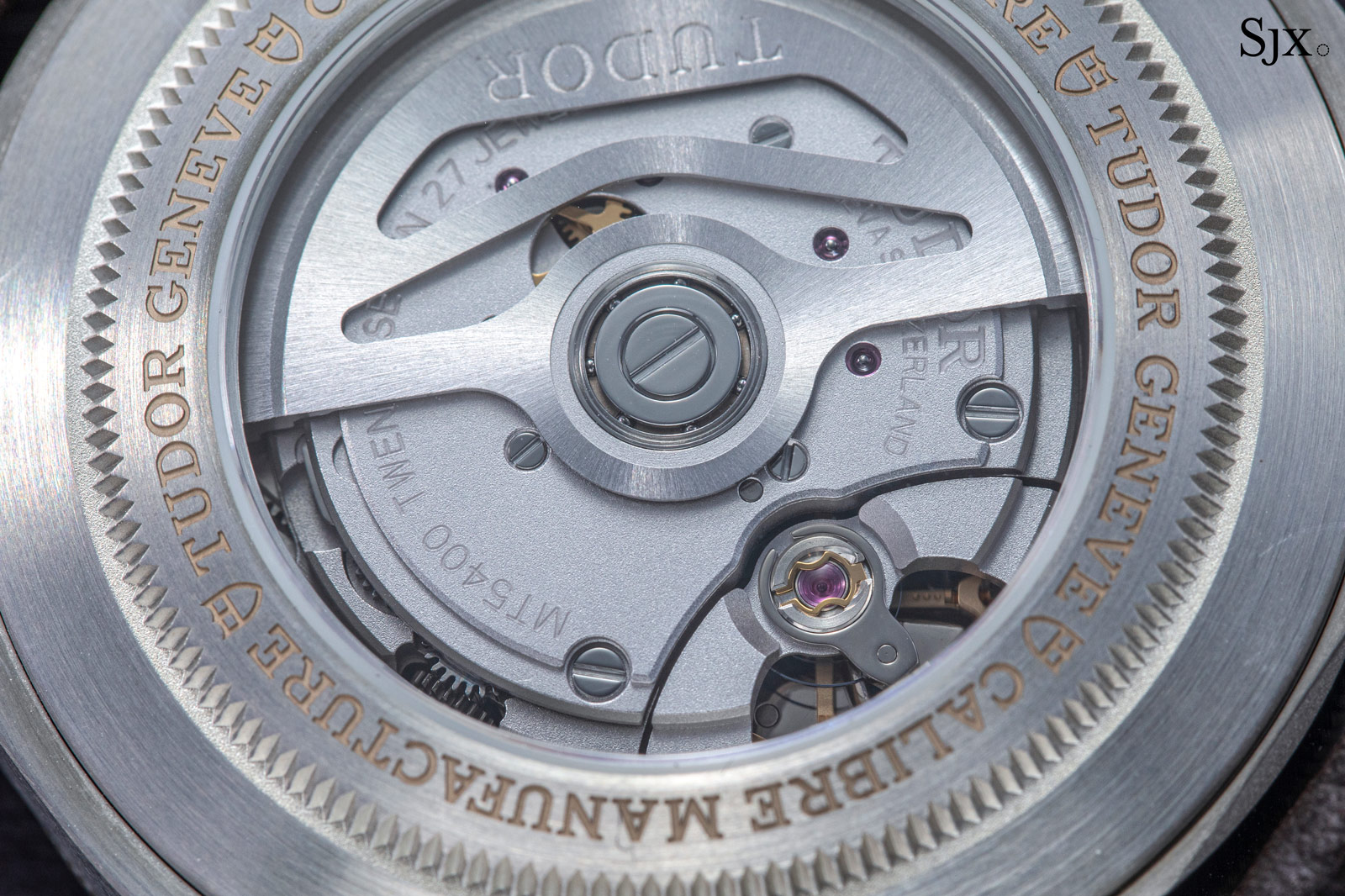
The display back reveals a cleanly finished, industrially manufactured calibre.
In terms of decoration, the MT5400 is low key. It’s finished like any other Tudor in-house movement (except that in the Black Bay Ceramic), with the bridges and plates sand-blasted, while the rotor is radially brushed, for a look that’s clean but simple.
The smaller details are attended to, but in a basic manner. The bevelling on the bridges and the countersinks for screws and jewels are all stamped, then the entire component is sandblasted.
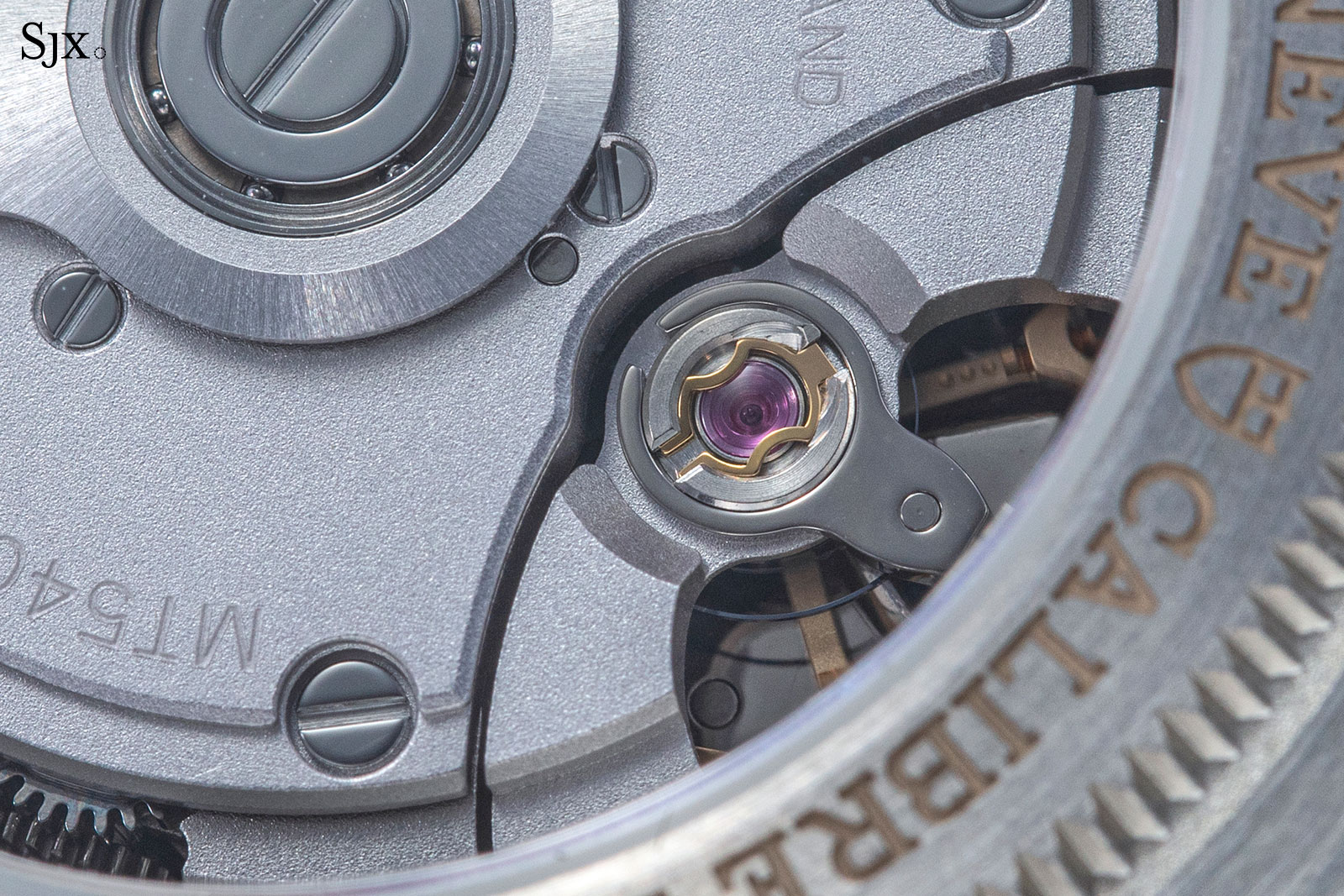
It almost feels like Tudor has deliberately chosen to not dress up the movement and it’s a missed opportunity. Even modest tweaks like a fancier rotor or higher-contrast finishing would make a big difference, as demonstrated by the calibre inside the latest-generation Chanel J12, which is powered by a nearly-identical movement from the same factory (that is majority owned by Tudor).
That said, the open case back does the job of indicating it is a mechanical movement inside, and an excellent calibre in fact. Besides a three-day power reserve, it also has a silicon hairspring, which eliminates the possibility of a magnetised hairspring that results in a watch that’ll run fast with low amplitude, gaining up to several hours in a day.
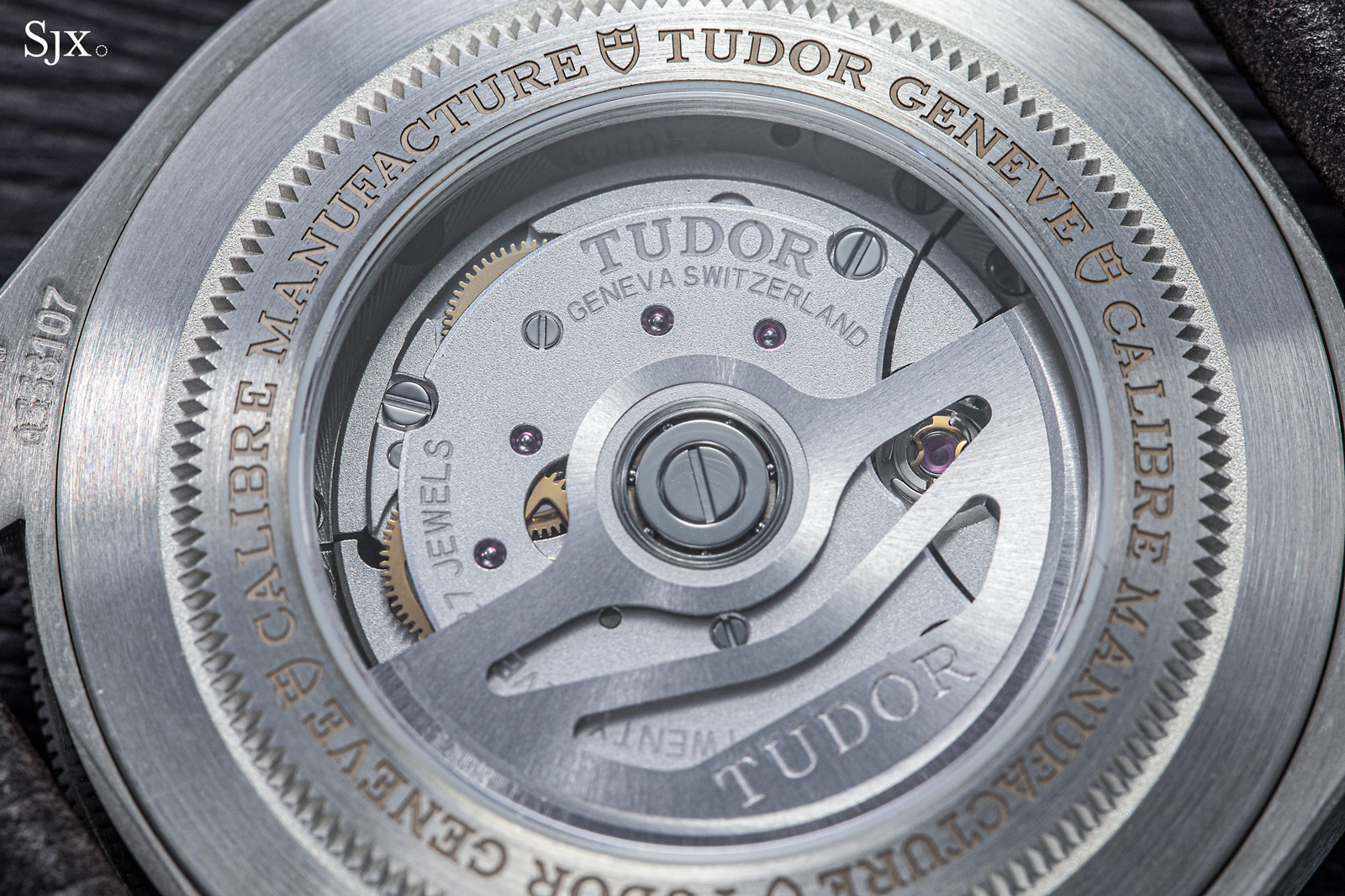
And it boasts details like the full balance bridge that holds a free-sprung balance. The full bridge provides better shock resistance while the latter delivers better stability over time as well as improved isochronism as there are no regulator pins to interfere the hairspring. That matters because these are features are not commonly found in watches in the same price bracket, such as those from Grand Seiko.
The technical qualities of the movements are attested to by Tudor’s own certification process, which guarantees a maximum daily deviation of +4/-2 seconds, a standard that’s also superior to most of its rivals in the same price range. And the movement is also COSC tested and certified.
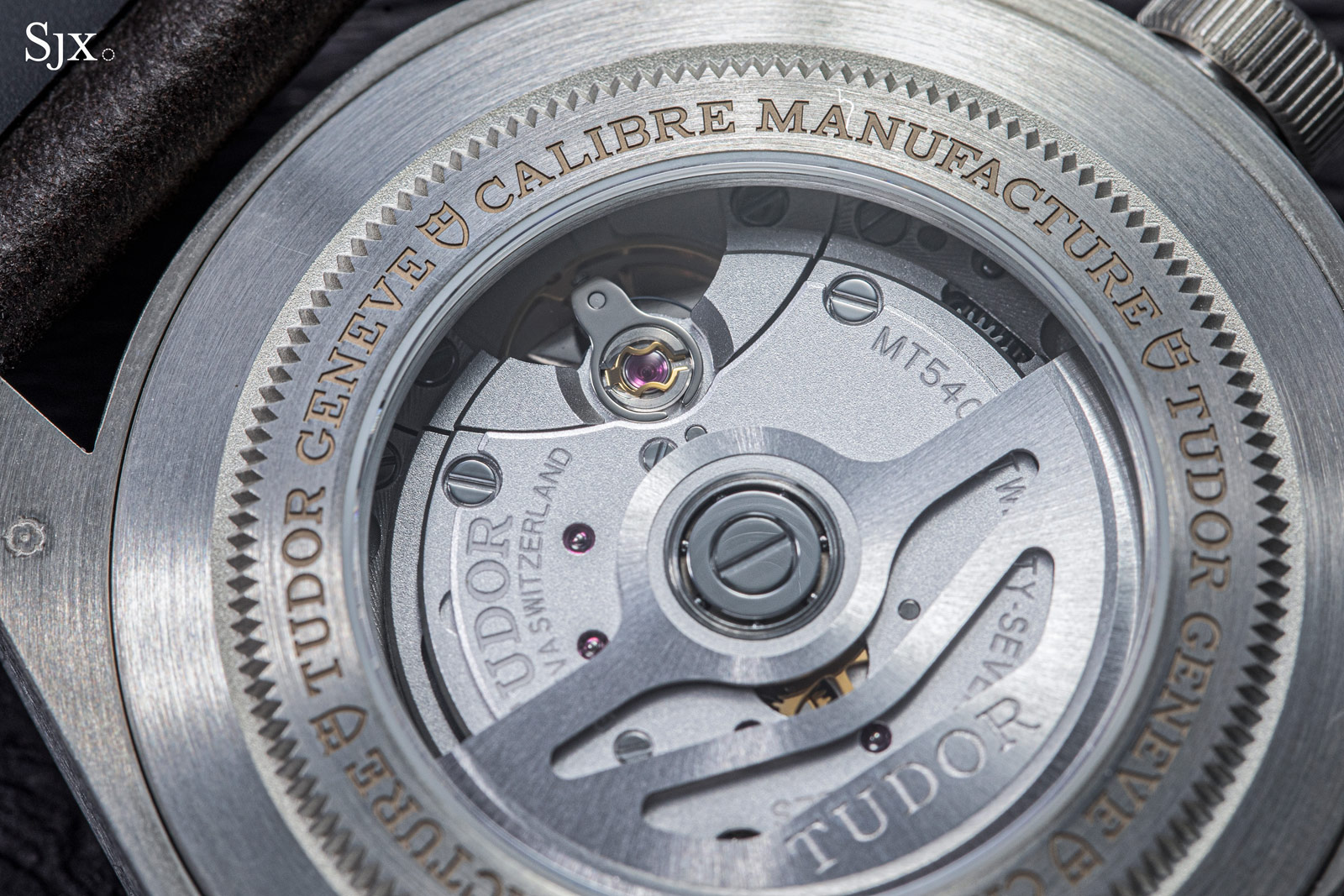
Conclusion
Like most Tudor watches, the Black Bay Fifty-Eight 925 is great value.
The watch is thoughtfully executed through and through, with a focus on simple quality and reliability rather than frills and enhancements. It does not excel in one, singular aspect, but the every aspect of the watch has been consistently executed to an excellent standard, a reassuring consistency in quality that makes the whole larger than the sum of its parts.
And the 925 is one of the most adventurous watches from the brand in both material and design. The silver case is interesting and unique among its peers. Add to that the taupe bezel and dial – result in an uncharacteristically understated look for a dive watch – and the 925 is a clear sign that Tudor is conscious of its growing audience clientele and diversifying its offerings while retaining its signature styling cues.
Key facts and price
Tudor Black Bay Fifty-Eight 925
Ref. 79010SG
Diameter: 39.0 mm
Height: 12.7 mm
Material: 925 sterling silver
Crystal: Sapphire
Water resistance: 200 m
Movement: Cal. MT5400
Functions: Hours, minutes, and seconds
Winding: Automatic
Frequency: 28,800 vibrations per hour (4 Hz)
Power reserve: 70 hours
Strap: Leather or fabric with pin buckle
Availability: Already at boutiques and authorised retailers
Price: US$4,300; or 5,904 Singapore dollars
For more, visit Tudorwatch.com.
Back to top.

